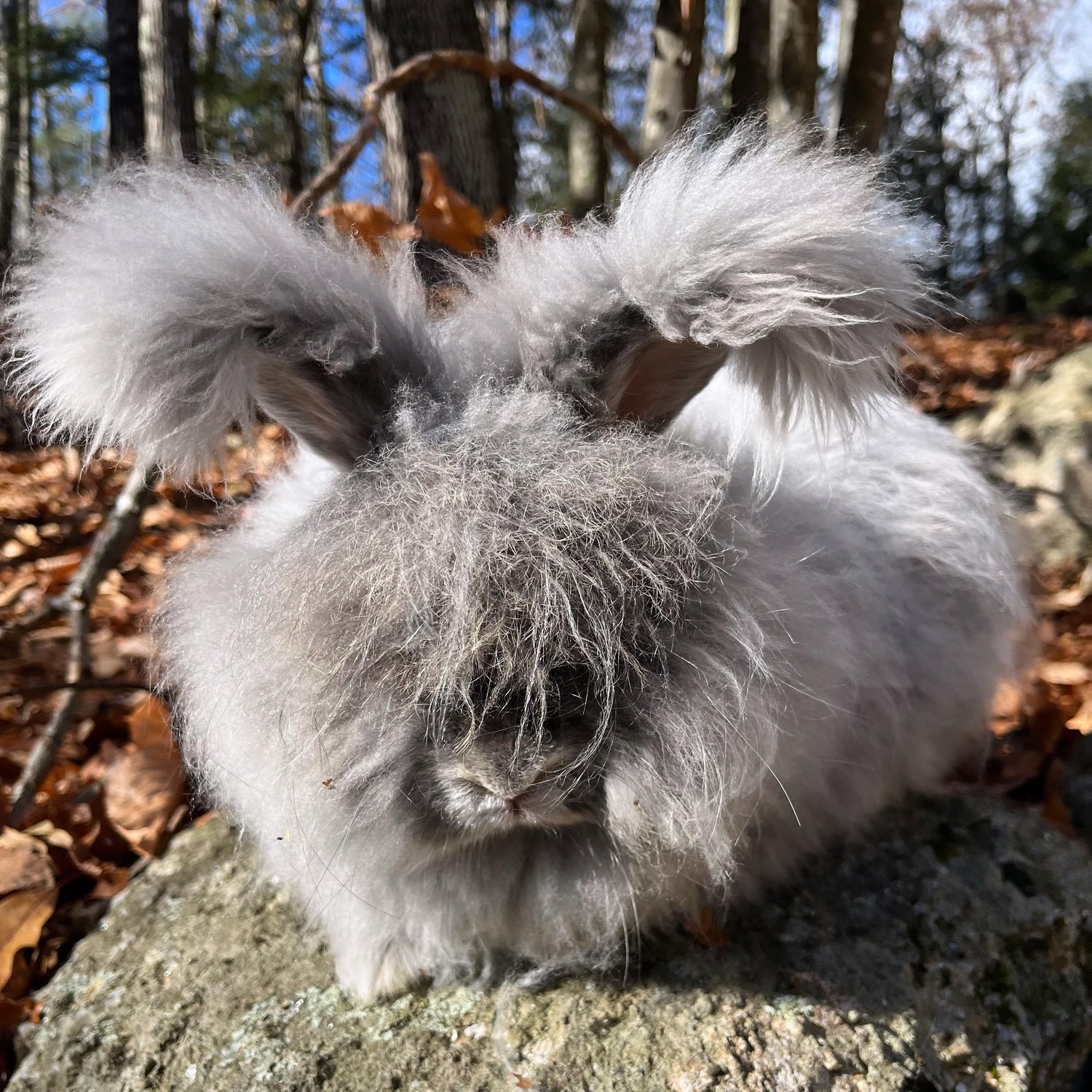
English Angora
Senior Weight: 5-7lbs
Lifespan: 7-12 years
Body Type: Compact
Temperament: Docile, curious, social, calm
Bred for: Wool production
Maintenance: Moderate to high
Experience Level: Intermediate
National Club: NARBC
About English Angoras
History
The English Angora is a smaller rabbit with a compact body type. In fact, the English Angora is the smallest of all ARBA recognized angora breeds. Due to their small stature, they are not well suited for meat rabbits, but are great wool producers. These rabbits have long dense wool that covers their entire body. One of the unique features of the English Angora are the ear tassels and face furnishings. Unlike other Angora breeds, the English Angora has wool that grows long at the ends of the ears as well as their cheeks and top of the head giving them their adorable appearance.
The English Angora comes in a wide variety of colors and patterns, but only specific colors are recognized by the ARBA. This does not make them any less desirable, it just means they are non-showable. However, these unique colors can make gorgeous wool for spinning and carding, or simply be a strikingly beautiful addition to your farm. Because their wool covers every inch of their body, they require consistent grooming and a higher protein diet which is why we do not recommend them as a beginner breed.
